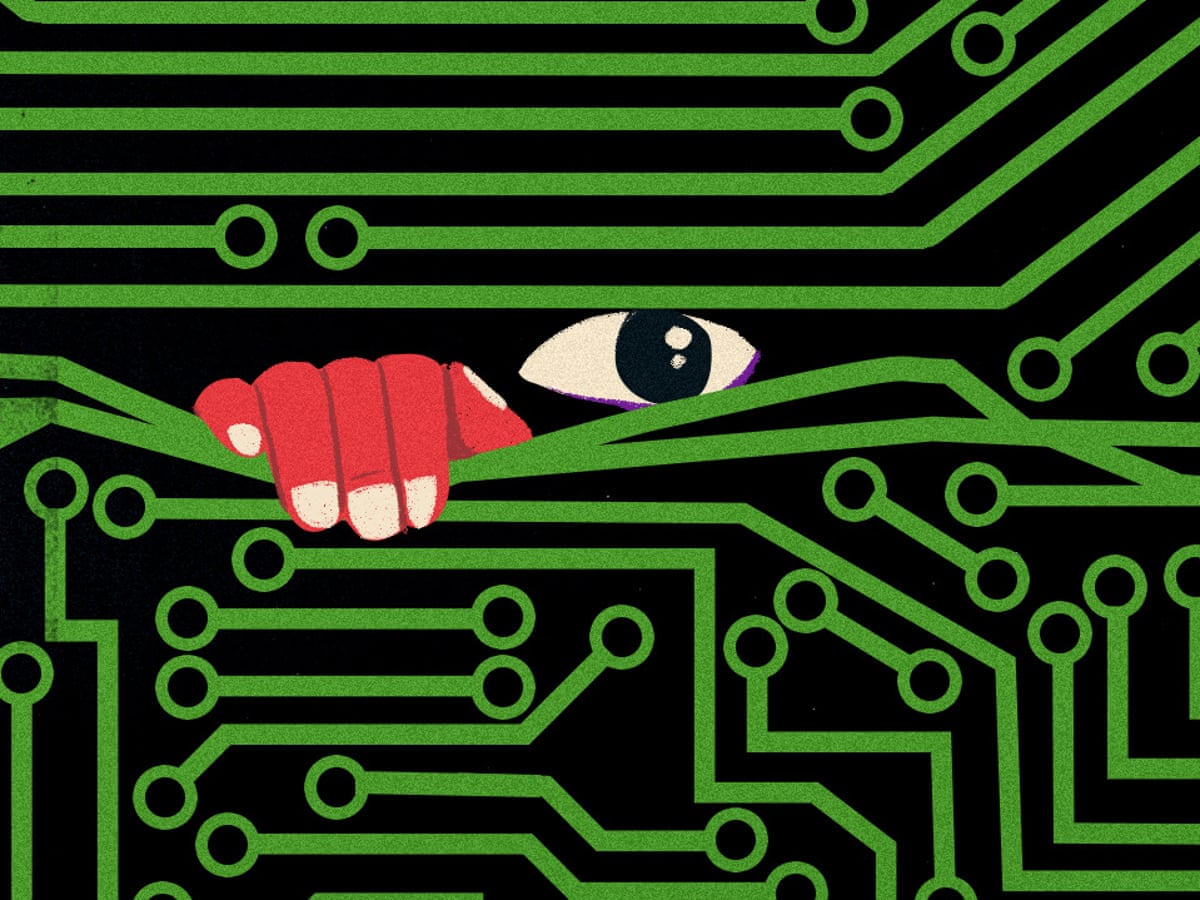
Technology is something that has completely evolved and completely changed our worlds in all sorts of ways. Technology is everywhere, all the time, even when you may not even know it. With technology comes social media, messaging, emails, phone calls, etc. All these things are so present and normal but people don’t realize how much information is truly coming from these things. When you post something on social media, or send an email people think these things are easily removable since there is a delete feature. Well, this is where a lot of people are wrong and don’t see the true danger of it and total invasion of privacy that comes out of it. Social media and such are all electronic tattoos. Once you post or send something it is out there no matter how many times you try to delete it it's impossible due to the privacy issue. A major example within this is trying to get a career in the future and something you regret posting could cost you your career and future. Privacy is a major issue and something that seems to be completely disregarded by the government.
With technology it is insanely easy for facial recognition and pairing it with a profile or person. This could lead to severe hacking and when you may think you're on a call with just your friend you could have a hacker, stalker, or criminal joining in as well due to the surveillance break ins within telephone companies which is quite frightening actually. The lack of safety and protection is very harmful to every individual even if people think it doesn’t apply to them, it very well does. Something that benefits our protection is encryption, encryption is where the information being sent such as a text is protected and only for the receiver and sender to view.
The only problem the government has with this is their lack of access which is obviously not in their favor but the people’s. This is a serious issue and has a lot of impact in our world and it makes the world a scarier place for sure. Some preventative things are be careful what you post, what you share, and even what you search because it is all going to be used against you or will “represent” you even if that’s not who you truly are.


